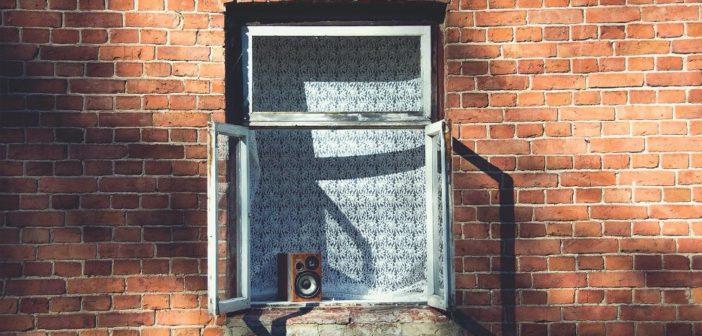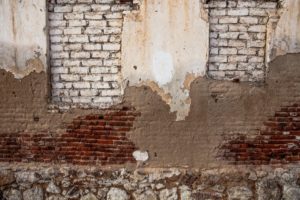Repointing brickwork is an important part of maintaining the exterior of your home. Whether you are concerned about the aesthetics or structural integrity of your house, this task should be on your list of priorities.
It can be a complicated, laborious process for those who don’t know what they’re doing. This article will demystify it and tell you everything you need to know about the process.
Repointing And Its Benefits
Simply put, repointing is the process of renewing mortar joints in masonry construction. It’s a common maintenance procedure that should be carried out every few years to keep your brickwork looking its best and performing optimally.
There are several benefits:
- It can prolong the life of your masonry by preventing water damage and frost attack.
- Repointed joints are less likely to crumble or fall apart over time.
- The overall appearance of your building will be improved since the fresh mortar will usually be a different color from the older, weathered mortar.
The Costs Involved
The prices can vary depending on how much work is required. In most cases repointing a single wall will only take around half a day with one person working. You may be expected to pay a contractor £500+ for the work. It’s important to view the job as an investment in your property rather than an unwelcome expense. You should steward your property well, and this will be even more important if you decide to sell later on.
It’s always wise to get at least three quotes before you pay someone to do it. The internet can help you regarding the price of brickwork repointing, and you can often get free quotes online. Specialist websites can also explain the benefits of repointing, when you should do it and what the process involves.
How To Know If Your Brickwork Needs Repointing
There are tell-tale signs that you need to repoint your brickwork and it is important to address these as soon as possible in order to prevent any further damage from occurring.
The most common sign is when mortar starts to crumble and fall out of the joints between the bricks. This can cause water ingress and the eventual rotting of the brickwork. Other symptoms include loose or missing bricks, cracked or flaking mortar or efflorescence (a white powder on the surface of the brick).
The Process
Before you start, make sure the wall is clean and free from dust, debris or obstructions. Plastic sheeting can help protect the surrounding area, such as your paving stones and nearby plants. Next, you need to remove the old mortar. This can be done by using a grinder or a chisel/screwdriver and hammer. This will allow the mason full access to the brickwork so that they can inspect it fully for damage or any existing problems such as cracks.
Once the loose mortar has been removed, the joints can be repointed with a new cement mix. It will fill up all of those little gaps between the bricks and create an extremely strong bond against water penetration.
What You’ll Need
If you choose to do the task yourself, you will require the following:
- A bucket of water and a sponge or paintbrush to wash the wall
- Protective sheeting
- Pointing trowel (or pointing machine) or a small chisel, screwdriver, and hammer
- Softwood stake
- Soft and wired brushes
- Mortarboard
The Mortar
The mortar you use must be flexible and waterproof. It should be suitable for exterior work/all weather conditions. Most importantly it should stick well to both brickwork and lime putty/plaster. The general rule is to always go down one grade with your sand when choosing mortar. If using a cement /sand mix choose sharp sand. If using an air setting type then choose an extended set version. This will avoid the mix ‘slumping’ or becoming too wet.
It is very important to get the right consistency of mortar, so always use a damp brick or piece of slate as a measure. The mortar should stick to it without being too wet or dry. If in doubt, add more water until you get the desired result. Remember that the mortar will stiffen on standing and also when applied to the brickwork.
Safety should be paramount, especially if you or a contractor will be working at height. It may be that scaffolding will be required to provide additional protection. Once you’ve done the research and the work is finished, your property will be protected from the elements and continue to serve both you and your household.





